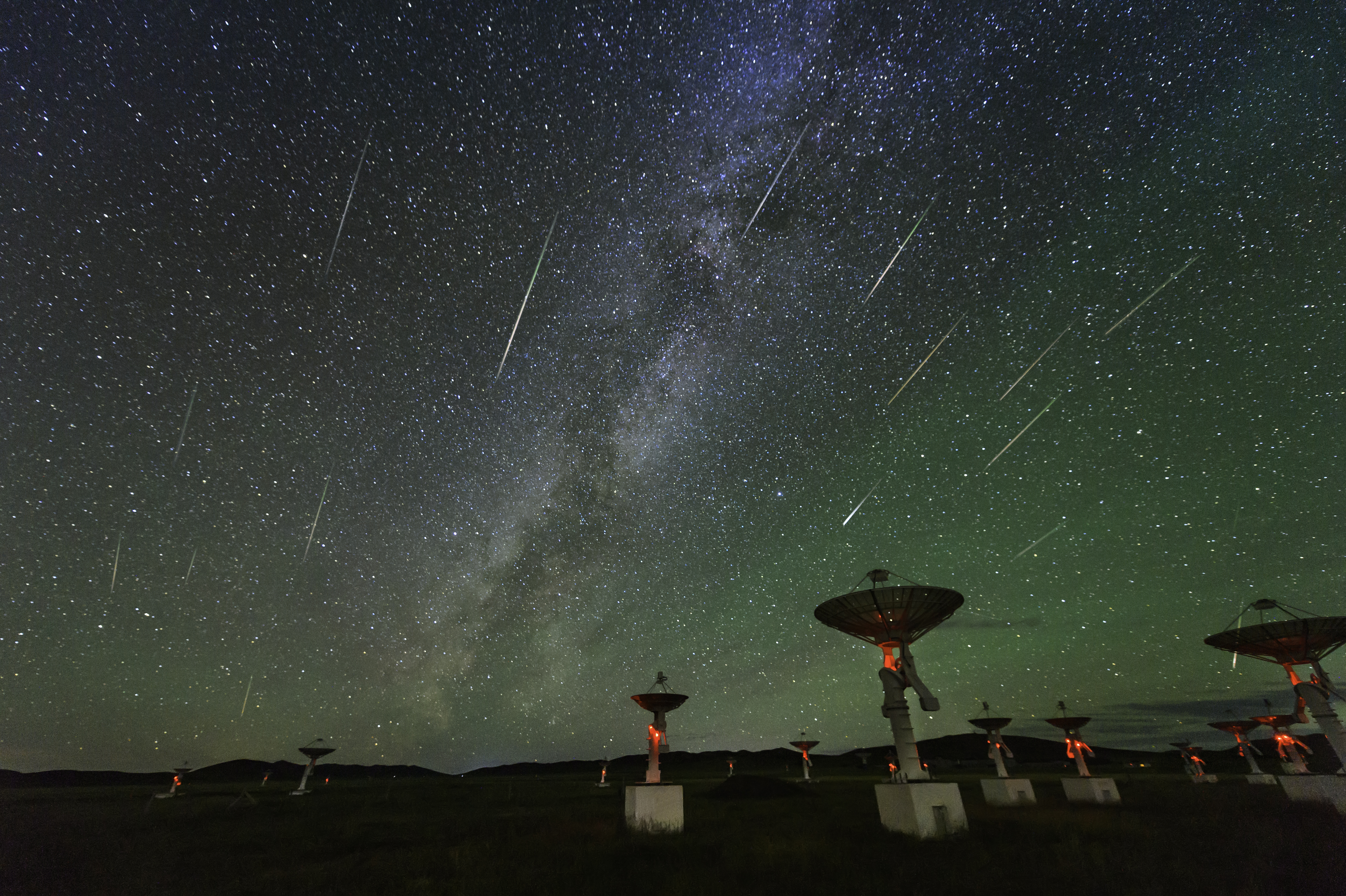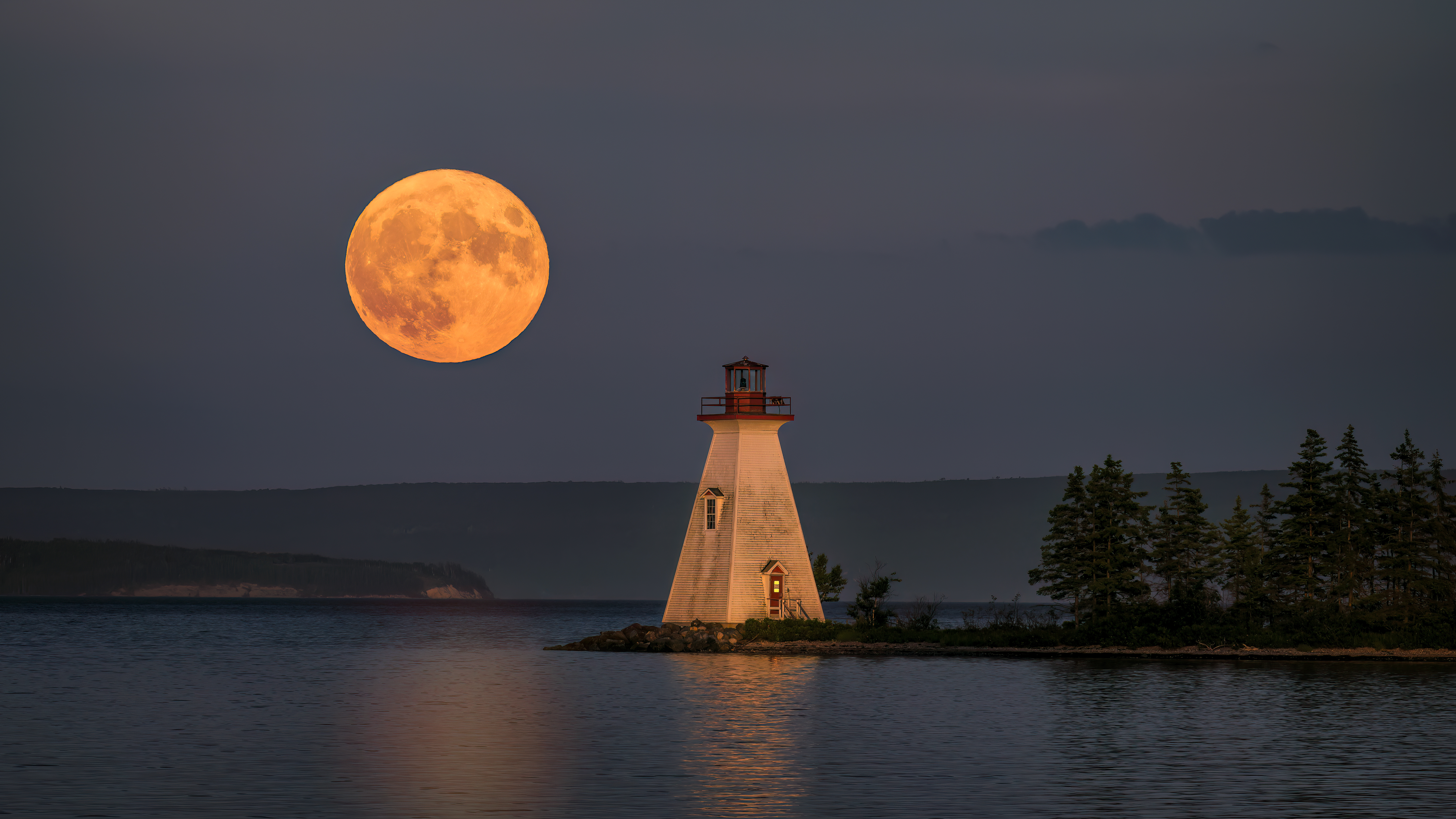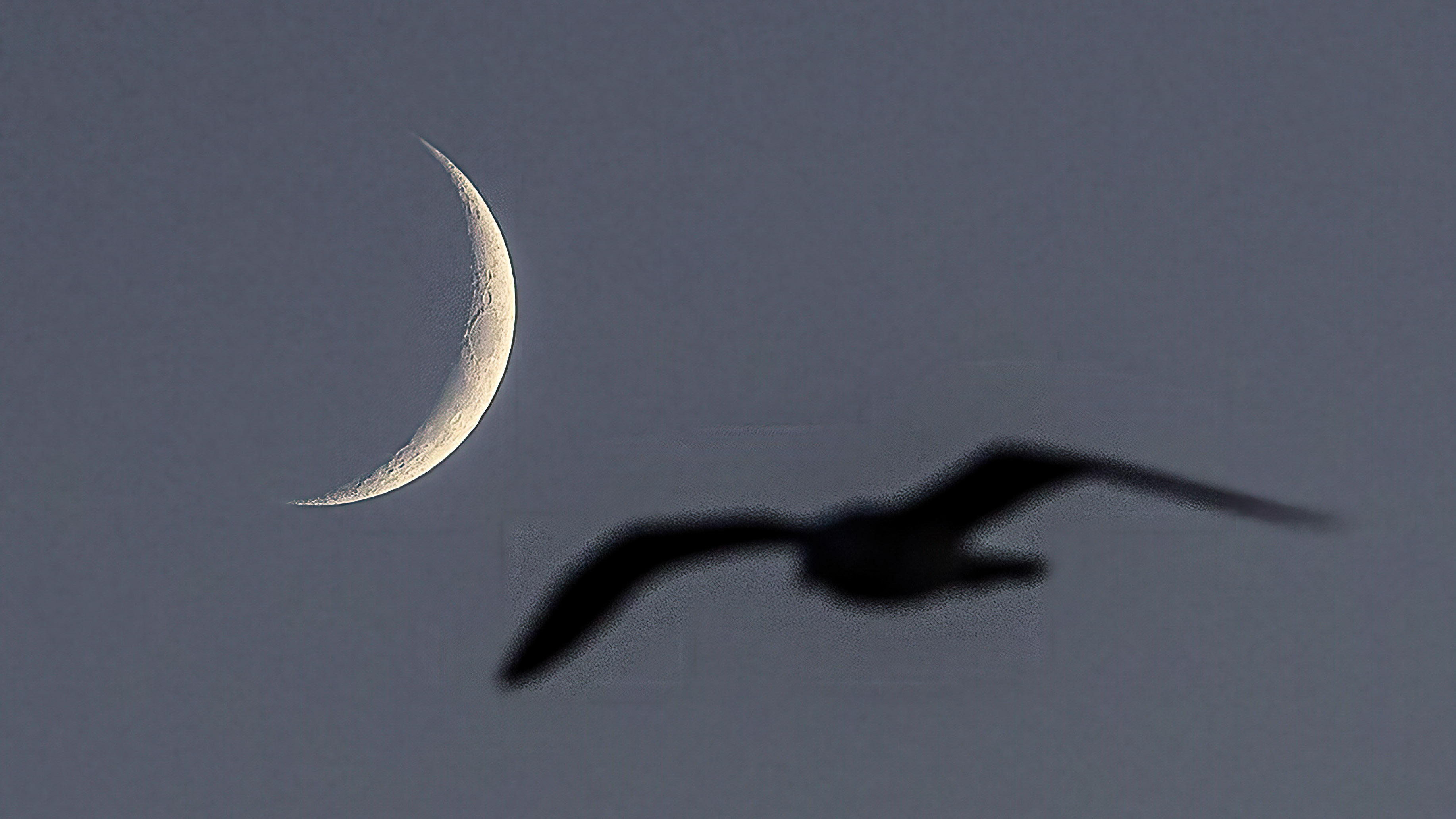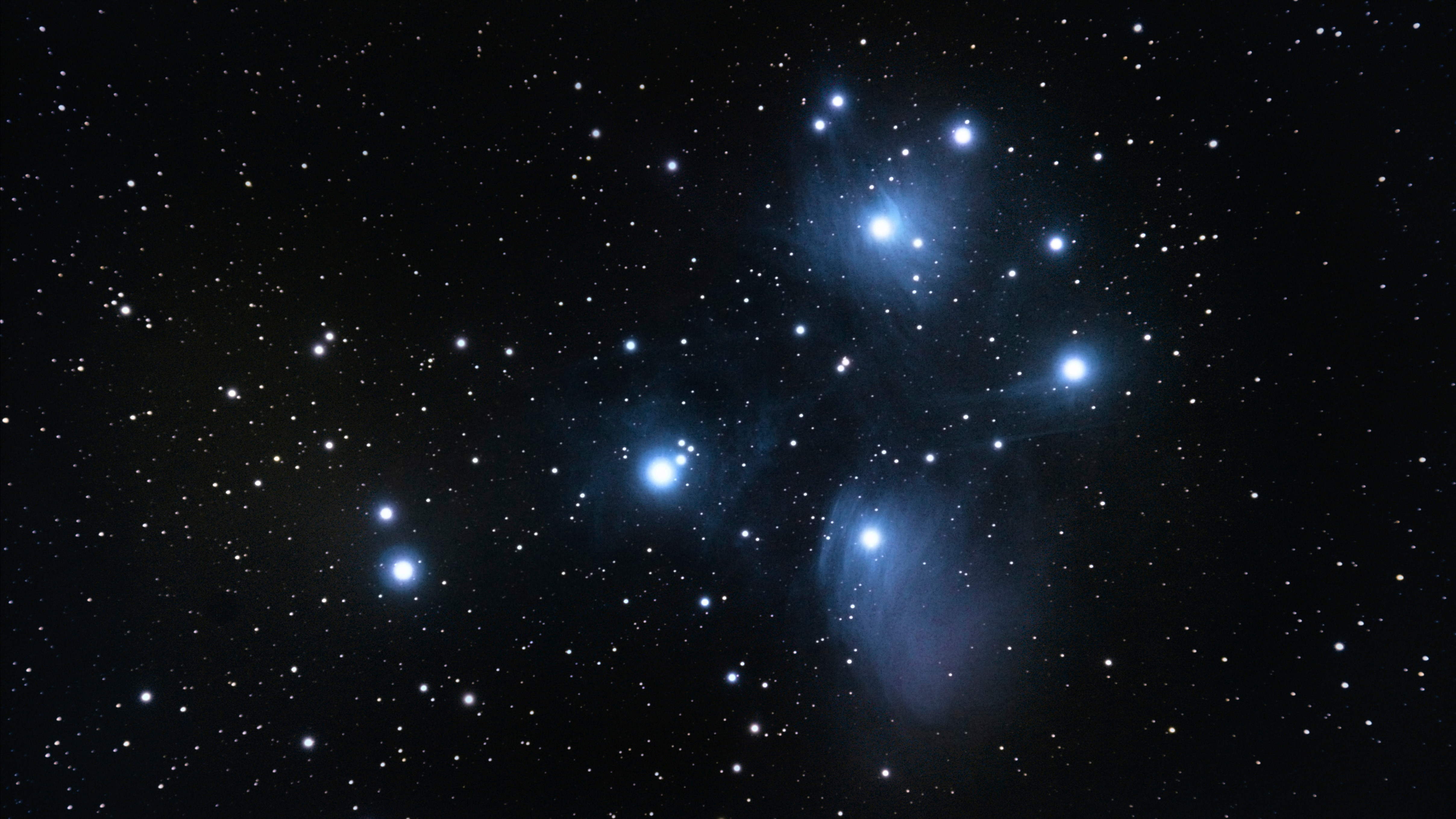Astrophotography guide to November 2025: what to shoot in the night sky this month
Everything you need to know about what’s happening in the night sky this coming month
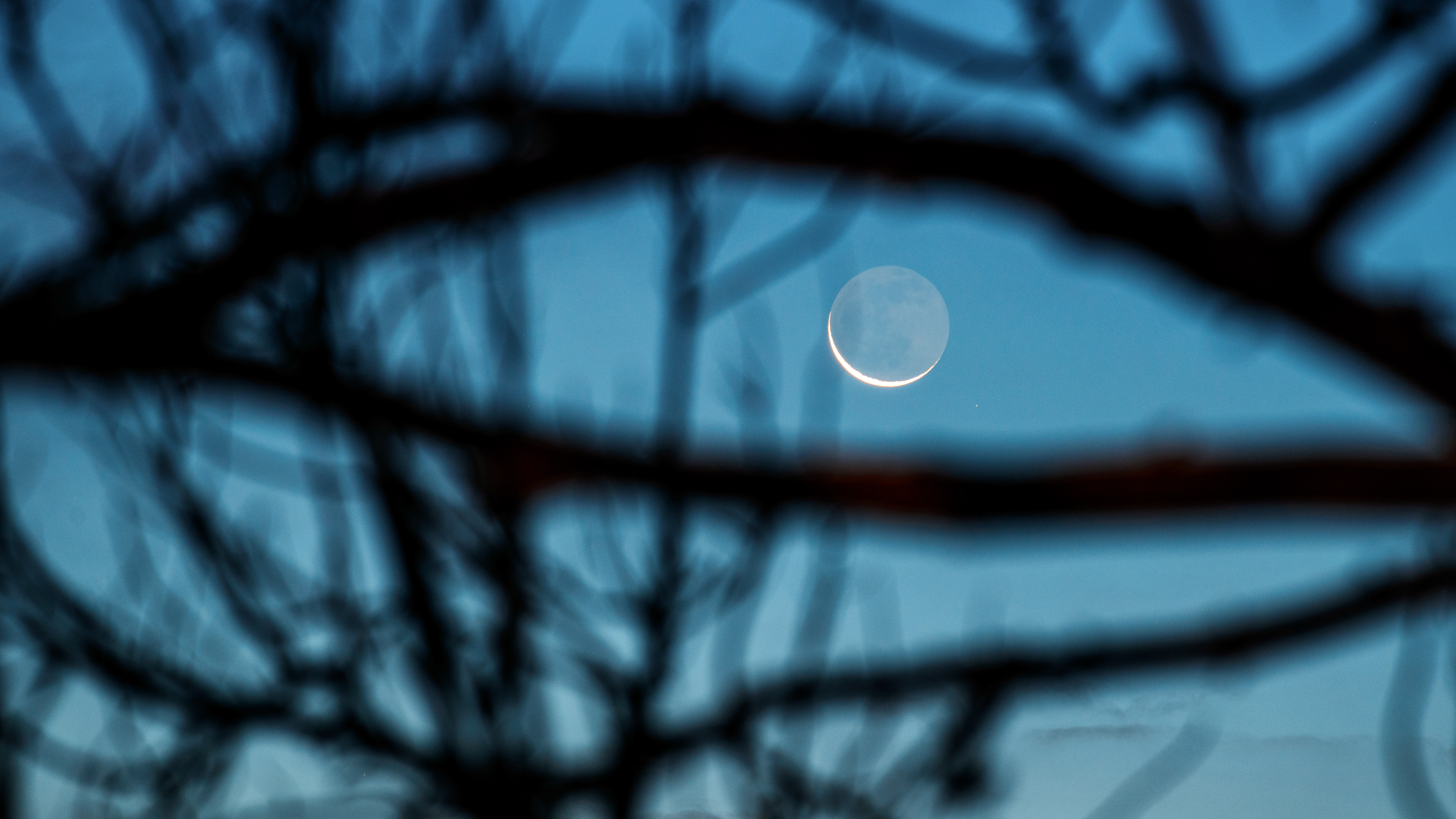
Are you ready for the biggest full moon of the decade so far? November is sure to be a top month for astrophotographers. This year brings the biggest supermoon in more than six years, two meteor showers, and one of the most photogenic night sky objects rising high in the east.
Add Mercury’s best morning appearance of the year, and November 2025 is a great month for taking cameras and tripods outside at night.
Here’s everything you need to know about astrophotography in November 2025.
Monday, November 3: Southern Taurid meteor shower
No, don’t watch the Southern Taurid meteor shower — just photograph it. With just five meteors per hour tonight, staying outdoors will be tough and unrewarding. Instead, use a wide-angle lens on a tripod, point it generally southeast, and run continuous 15-20 second exposures for many hours. Why? This shower often includes very bright “fireball” meteors — and even a single capture can mean a dramatic image worth the effort.
Read: The best lenses for astrophotography
Wednesday, 5 November 5 - Thursday, November 6: A full ‘Beaver Supermoon’
A full moon is always worth capturing, particularly as it rises in the east on the night of the full moon. That goes double this year as the “Beaver Moon” reaches its full phase close to its perigee, its closest point to Earth, making it the largest supermoon since February 2019.
Frame it rising in the east around sunset when the moon looks unusually large and orange. A telephoto lens of 200–400mm will help exaggerate its scale against buildings or trees, so it’s worth scouting a location a day in advance where you can line up the rise with a landmark.
The best camera deals, reviews, product advice, and unmissable photography news, direct to your inbox!
You’ve got two bites at this one, with Thursday, 6 November, likely to offer the most dramatic full moonrise. For the best results, expose for the moon itself rather than the sky — around 1/125s at ISO200 with a telephoto lens will usually keep the surface detail crisp.
Read: How to photograph the full moon
Sunday-Monday, November 16-17: Leonid meteor shower
The Leonids peak tonight with 10-20 fast meteors per hour. They’re the fastest of all showers, which means they often leave glowing trails. The trick here is to set up a fast wide-angle lens on a tripod, using 15-second exposures at high ISO. As a bonus, a slim crescent moon will rise just below Spica in Virgo, with Venus low on the horizon, during dawn.
Read: Best equatorial mounts
Tuesday, November 18: A crescent Moon and Venus
Look east about 45 minutes before sunrise for a delicate 3%-lit crescent moon close to dazzling Venus. The sight will be fleeting but photogenic, so be ready with a 50mm lens. Slightly overexposing the shot will reveal Earthshine — sunlight reflected from Earth illuminating the moon’s dark side — though some wide-angle lenses natively excel at revealing the phenomenon.
Read: When to photograph the moon
November 12-22: Dark Sky Window
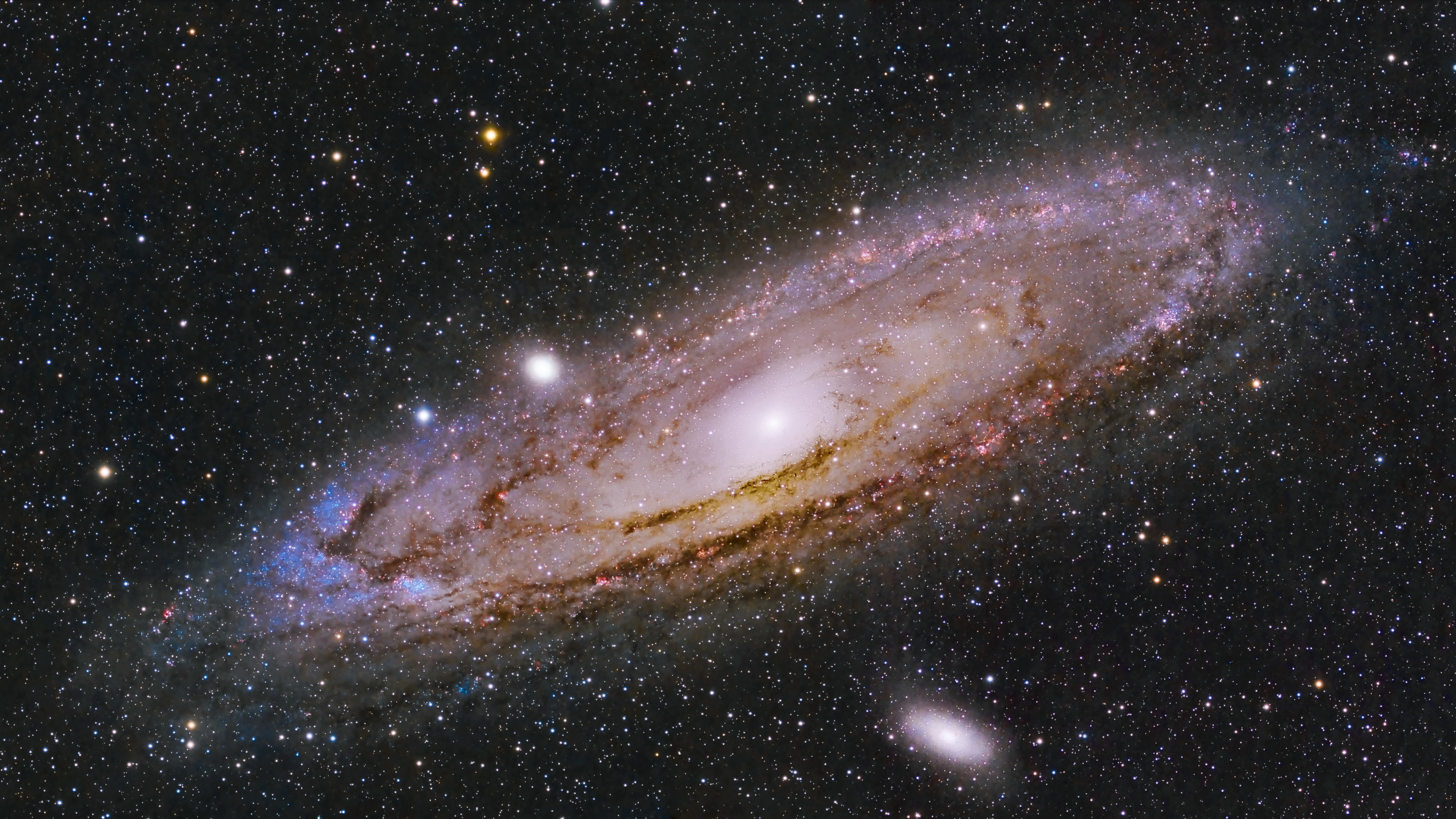
With the Last Quarter moon rising after midnight on 12. Nov., what follows are 10 nights of moon-free evening skies. These are perfect conditions for deep-sky imaging, whether that’s the Orion Nebula, the Andromeda Galaxy or the Pleiades. Astrophotography sessions can be early in the evening and go on as long as you can stand the cold. It’s also the perfect period to go aurora-hunting, if geomagnetic activity is predicted. This month’s new moon comes on Thursday, November 20.
Read: The best CCD cameras for astrophotography
November 23-26 November: A waxing crescent moon
Here comes four nights in a row that are perfect for capturing the crescent moon in the west after sunset. On Sunday, 23 November, a delicate 10%-lit crescent will hover low in the southwest, sinking quickly after sunset, with Monday’s 17%, Tuesday’s 25% and Wednesday’s 34%. On each night you’ll see “Earthshine.” Use a telephoto lens and an app like PhotoPills to frame the moon alongside a silhouette foreground, such as a church tower or a lone tree. Bracket your exposures so you can balance the bright crescent with the dim lunar disc in post-processing.
Read: The best cameras for astrophotography
November 25 - December 6 Mercury’s best morning apparition
Now and then, tiny planet Mercury — usually lost in the sun’s glare — becomes visible just before sunrise or just after sunset. This is Mercury’s final apparition of the year, and it’s best, during which it will be as high as 10 degrees above the eastern horizon. It's at its peak on 6 December, but late-November sees it shine close to Venus before that planet retreats into the sun’s glare. The contrast in brightness makes Mercury a challenge, but a 100mm lens will capture both planets in the same frame. Expose for Mercury and let Venus shine out naturally, and try framing them against the pastel twilight for context. A short exposure of less than a second will keep the planets sharp as the sky brightens.
Read: The best star tracker camera mounts
Astrophotography shot of the month: The Pleiades (M45)
November’s long, dark nights are perfect for photographing the Pleiades star cluster (also called M45 and the ‘Seven Sisters’) in the constellation Taurus. This beautiful open cluster of blue stars is imbued with a faint reflection nebula and sits almost overhead at this time of year, making it a prime target for astrophotographers. A simple tripod shot of 30 seconds with a 24mm lens will capture the cluster, while a telephoto lens on a star tracker taking two-minute exposures will reveal the delicate blue nebulosity around and between its brightest stars. Aim to shoot during the dark-sky window between 12 and 22 November, or just after the New Moon on 20 November, when the sky is at its darkest. Always shoot in the RAW format.
Read more:

Jamie has been writing about photography, astronomy, astro-tourism and astrophotography for over 15 years, producing content for Forbes, Space.com, Live Science, Techradar, T3, BBC Wildlife, Science Focus, Sky & Telescope, BBC Sky At Night, South China Morning Post, The Guardian, The Telegraph and Travel+Leisure.
As the editor for When Is The Next Eclipse, he has a wealth of experience, expertise and enthusiasm for astrophotography, from capturing the moon and meteor showers to solar and lunar eclipses.
He also brings a great deal of knowledge on action cameras, 360 cameras, AI cameras, camera backpacks, telescopes, gimbals, tripods and all manner of photography equipment.
You must confirm your public display name before commenting
Please logout and then login again, you will then be prompted to enter your display name.
